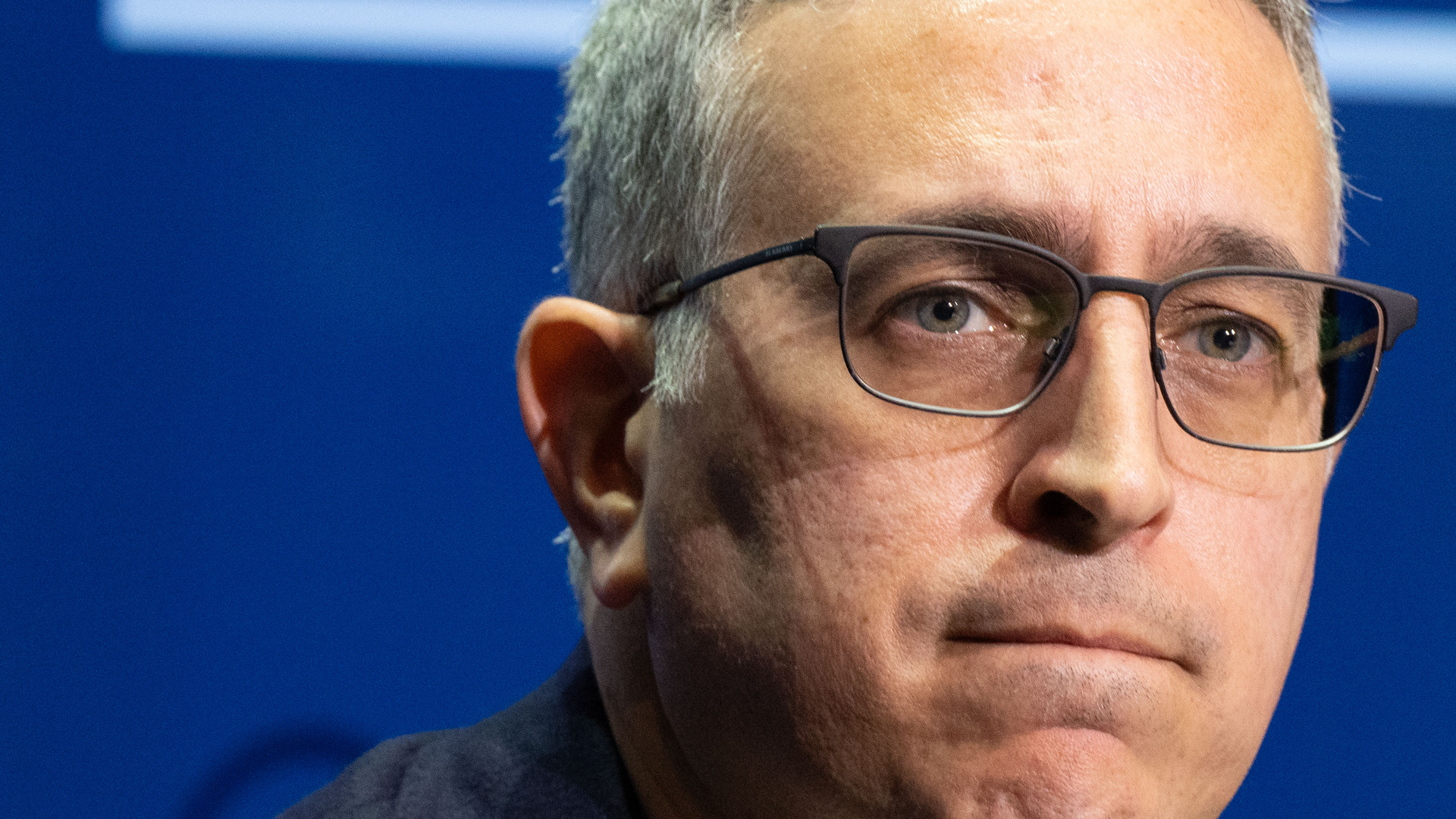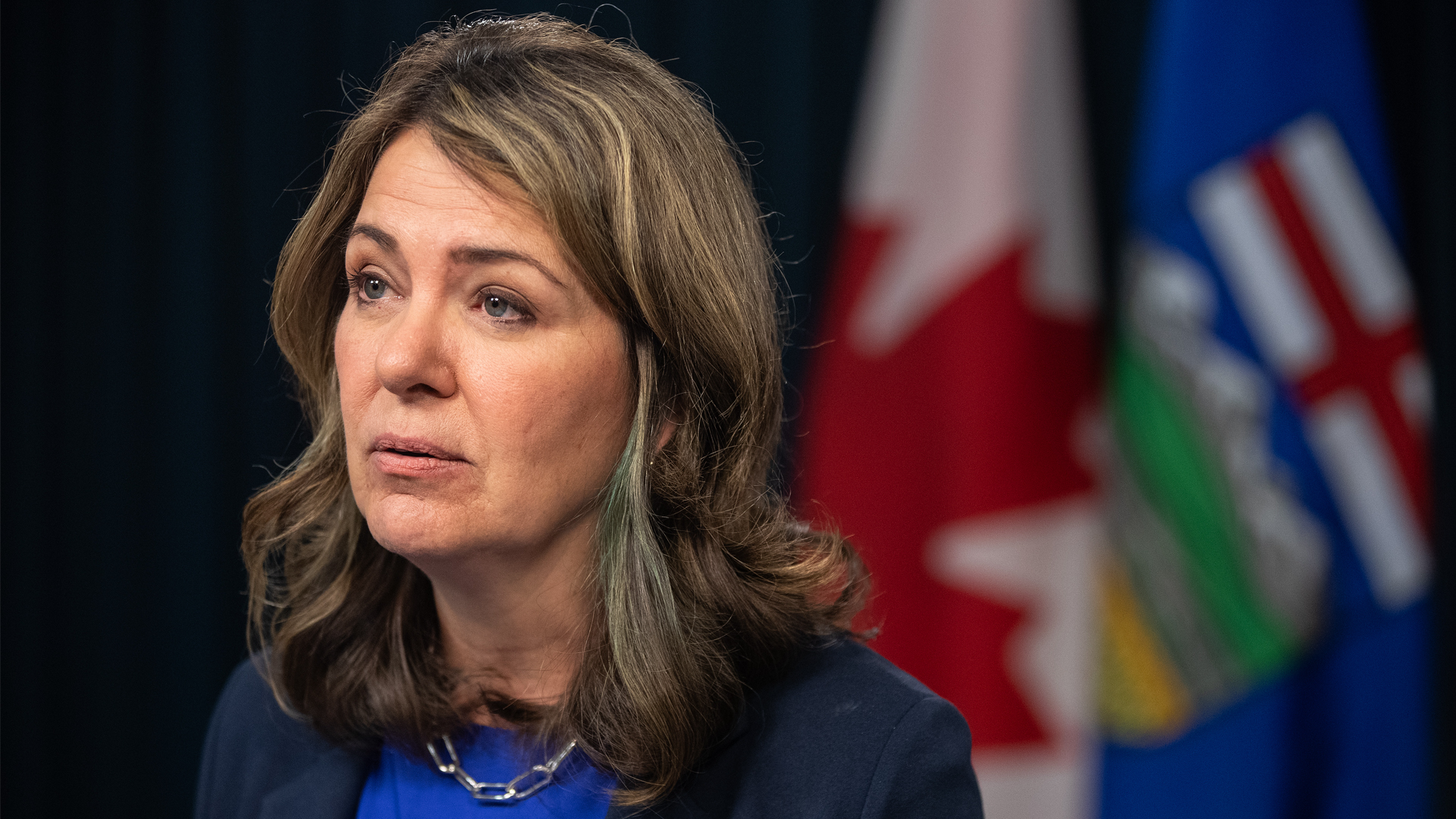
As Canada’s pandemic recovery continues, the shifting nature of the relationship between employers and employees is coming into sharper focus. Forecasts about a “great resignation” have been growing for months, and companies and policymakers are gearing up for potentially record-setting labour shortages. The competition, real or perceived, to attract and keep quality talent is forcing employers to rethink their hiring and management practices.
There are mixed messages about these practices coming out of the federal public service, one of Canada’s largest employers.
Focusing on public servants’ entire careers, rather than only their core work responsibilities and promotions, might mean the difference between the public service rising to the challenges facing it or seeing its talented workforce leave for more equitable, forward-thinking, greener pastures.
Fostering an organizational culture that focuses on its people won’t decrease the public service’s commitment to serving Canadians. In fact, it will increase it. When employees are engaged in their workplaces, they do better work.
The latest Public Service Employee Survey (PSES) found that employee engagement in 2020 improved from 2019. Yet only one-third of respondents strongly agreed they receive recognition for work well done, only 35 per cent have full confidence in their senior management and only 27 per cent feel their career development is fully supported.
The 2020 PSES data, released in May, has also been bracketed by media reporting about workplace toxicity, discrimination and misconduct in a number of federal departments and agencies. This includes the Canadian Armed Forces, the former governor general’s office, the Royal Canadian Mint and more. A class action lawsuit against the federal government alleging anti-Black racism in its hiring and promotional practices has also been filed.
Overall, the federal public service is in a moment of reflection and reckoning. However, the time to act is now, as Canada comes out of the pandemic’s work-from-home experiment and gives deeper and more widespread attention to society’s unjust treatment of Black people, Indigenous people and other marginalized groups.
This is precisely what the Privy Council Office acknowledged in its recent call to action on anti-racism, equity and inclusion in the federal public service. The call also highlighted the key role that career development can play in building equitable, inclusive and rewarding workplaces for all public servants.
Our own research and discussions with public service organizations match the PSES findings that employees believe greater recognition would go a long way to ensuring both their day-to-day work engagement and their long-term career growth.
Employee recognition can take many forms. Sometimes, it means a formal pay raise or promotion. Other times, it means a manager taking informal steps to support and motivate their employees. This could be calling attention to someone’s achievement, performance or expertise in an internal newsletter or at a team meeting. It could be expressing appreciation in a one-on-one conversation or private email. It could be selecting someone to represent the organization at an event or to have them participate in a special project.
Not all employees want the same type of recognition. The mark of a good leader is the willingness to think about what their employees and teams need to thrive, to listen for cues, and to embrace trial and error.
Similarly, not all employees want to walk the same career-advancement path. Some set out to become leaders of people, while others set out to become technical or subject-matter experts. But in some federal departments and agencies, advancement is more often associated only with increased people-management responsibilities. This can leave technical and knowledge specialists at a loss as they try to chart a fulfilling career path in the public sector.
This can result in employees leaving for other sectors or jobs that offer a better fit with their career aspirations or, for those who remain, becoming disengaged or getting stalled in positions they don’t want – even when they’ve successfully climbed the organizational ladder. We call this a broken talent escalator.
Being willing and able to help employees when there are no clear opportunities that align with their interests, skillsets and aspirations is another mark of a good leader. While not everyone wants the same type of recognition or engagement from their leaders, everyone deserves the opportunity to thrive, grow and enjoy the work they do. Everyone deserves a leader who understands this.
The public service is putting promising new focus on mentorship programs that emphasize sponsorship, especially for members of underrepresented groups. This new focus should be grounded in the structure of the mentorship program. Sponsorship requires more social capital, demanding much more than transactional introductions or invitations to events. Networking opportunities are not the same as connections that come from mutual relationships between the mentor/mentee and others brought into the relationship based on deeper understanding of common values.
Our own work with leadership development and employee engagement has shown us the usefulness of triadic mentoring structures. Groupings of three are stabilizing. They build supportive structures that can bear weight from multiple sides, contributing to stronger relationships, perspectives and growth. Career programs are sustainable over the long-term when as much investment is made in the sustaining structures as in program content or curriculum.
Cultivating a deep interest in, and understanding of, career development as a body of knowledge that offers organizations a foundation for successful sustaining structures can help Canada’s public service reflect on, reckon with and, where necessary, rebuild its culture – one relationship at a time.
Our new playbook, Retain and Gain: Career Management for the Public Sector, is designed to help public sector leaders improve the engagement of their employees and teams. Published by the national charitable organization CERIC, the playbook offers practical activities for boosting employee recognition and engagement, having career conversations and much more. Activities that are reusable and easy to implement on a day-to-day basis should not be underestimated. Sweeping cultural impact is made possible when an organization commits to its employees’ career growth and when frontline managers have effective career-management resources that they can put to immediate use.
This will only become more crucial as Canadians – employers and employees alike – continue to make their way toward pandemic recovery. Already the structural barriers that hinder marginalized employees’ career growth are being reproduced in hybrid work environments, with uneven odds for promotion, engagement and networking emerging in new ways.
How might creative techniques for employee recognition, triadic mentoring programs and other career management tools be used by the public service to rethink its hiring and management practices? The shifting nature of the relationship between employers and employees is not going to slow down any time soon. Focusing on employees’ entire careers might mean not only better retention rates, but also a better public service.










